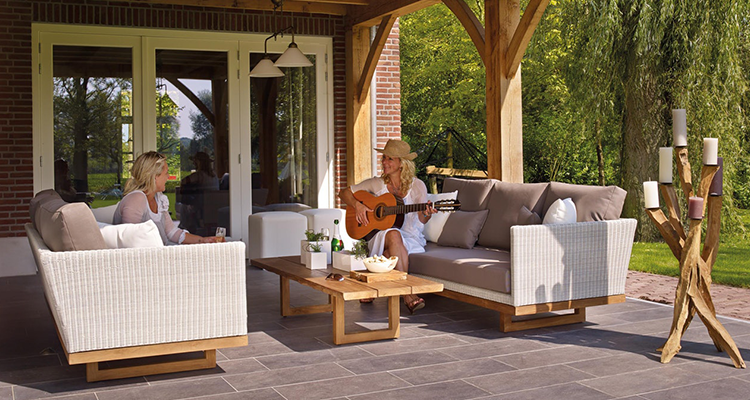
If you’re embarking on a home building project, then there’s never been a better time for you to plan for a healthy home. For decades, most people didn’t know about potential health hazards caused by common building materials and how to avoid them in home construction, but that is no longer the case. Here are our tips for building a healthy home from the beginning.
What to Avoid
Despite the risk of harm they pose, these building materials remain prevalent in the building world. Protect the health of your home and family by avoiding them.
{{cta(‘1e93aa8a-3903-49f0-93b7-7971f4bd2a8f’,’justifyright’)}}
Vinyl
Found in a variety of household products, vinyl poses a health risk to those exposed to it. The chemicals used to make plastic pliable (a characteristic inherent to vinyl) are known as phthalates. These chemicals have found to mimic the body’s natural hormones, potentially affecting the brain, reproductive system, and other organs. While everyone should avoid exposure to phthalates, the greatest threat is to pregnant women and young children.
Sealants and Adhesives
Most sealants, adhesives, and even surface coatings like paint or stain contain toxic chemicals that can release gas into the air in your home. Nearly all of these materials contain volatile organic compounds (VOCs) which can cause headaches and irritation to the eyes, throat, and nose. Choose low VOC products and nontoxic paint to avoid chronic VOC exposure.
Engineered Wood
Most engineered wood contains formaldehyde as well as a variety of other VOCs. These chemicals are especially prevalent in pressed-wood products including plywood, particleboard, and fiberboard. Try to select products that have a low emission level. Your builder can direct you towards the best materials for a healthy home.
Spray Foam
Spray foam, a type of plastic building insulation, can dramatically reduce the air quality in your home. Spray foam has been known to cause watery eyes, congestion, and headaches. It can also worsen asthmatic symptoms and even lead to reactive airway disease.
What to Choose
Now you know what to avoid, but what materials should you choose to create a healthy home? Here are a couple of things to look for when selecting items for your home building project.
Safe Building Materials
It may seem like any product you choose will have some kind of negative side effect, but looking for these kinds of designations will help you avoid some of the greatest health threats:
- Nontoxic
- Low-VOC
- Natural
- Water-based
- Low-emission
- Allergy-friendly
Natural Light
Design your home with the most natural light exposure possible. Natural light provides a variety of benefits, including increased vitamin D storage, higher productivity, and elevated mood. Natural light helps to maintain your circadian rhythm, which can be confused by the use of artificial lights. Set yourself up for a healthy life by incorporating natural light throughout your home in the form of windows, skylights, and solar tubes.
What to Consider
Materials aside, there are some other features of home building that can either contribute to or conflict with the health of your home. Here are a few ways you can create a healthy home moving forward.
Ventilation
Ensuring you have an adequate ventilation system in your home will aid in improving the quality of your air, regardless of the building materials you use. Be sure to have plenty of ventilation near any gas appliances as well as in areas with increased humidity like the basement and bathrooms.
Water Filter
Water is an essential part of everyday life, but if your water contains harmful chemicals, you could be damaging your health. A whole-home water filtration system is a fantastic option for building a healthy home. This type of water filter works as water comes into your home, which means that wherever water is used—in the shower, from the fridge, or in the sink—your water is filtered. This protects you and your family from absorbing harmful chemicals from your water anywhere you use it.
Humidifier and Dehumidifier
Humidity plays a key role in maintaining the air quality in your home. Too much humidity can lead to condensation and mold, but dry air can cause nasal and throat irritation. Utilize a humidity-regulating system to ensure that your family is comfortable year round.
Are you ready to begin planning your custom home? Contact Homes By Brill for a home building consultation. As one of the leading home builders in the Des Moines area, Homes by Brill will guide you through every phase of your home building experience. Our trained professionals won’t just aid you in building a home; we’ll help you build the healthy home of your dreams.
{{cta(‘e4ced4f7-7eae-4958-983a-3bb5062f8c4d’,’justifycenter’)}}
